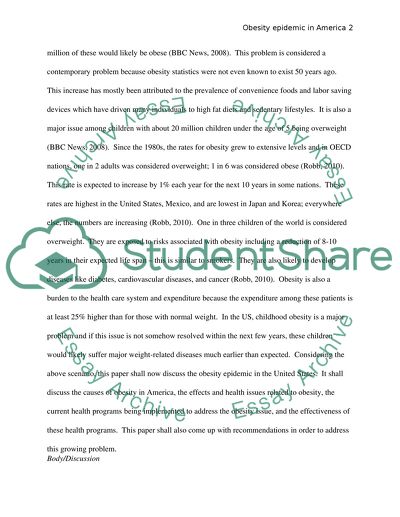Cite this document
(“Obesity Epidemic in America Research Paper Example | Topics and Well Written Essays - 3500 words”, n.d.)
Retrieved from https://studentshare.org/family-consumer-science/1409998-obesity-epidemic-in-america
Retrieved from https://studentshare.org/family-consumer-science/1409998-obesity-epidemic-in-america
(Obesity Epidemic in America Research Paper Example | Topics and Well Written Essays - 3500 Words)
https://studentshare.org/family-consumer-science/1409998-obesity-epidemic-in-america.
https://studentshare.org/family-consumer-science/1409998-obesity-epidemic-in-america.
“Obesity Epidemic in America Research Paper Example | Topics and Well Written Essays - 3500 Words”, n.d. https://studentshare.org/family-consumer-science/1409998-obesity-epidemic-in-america.


